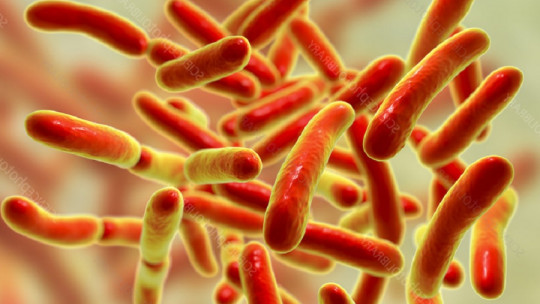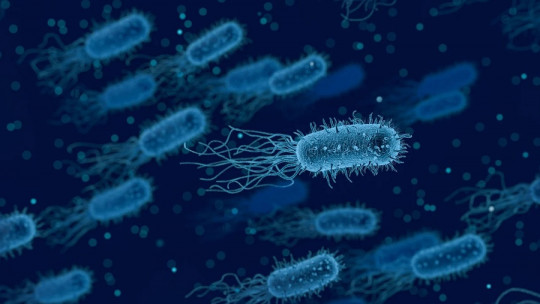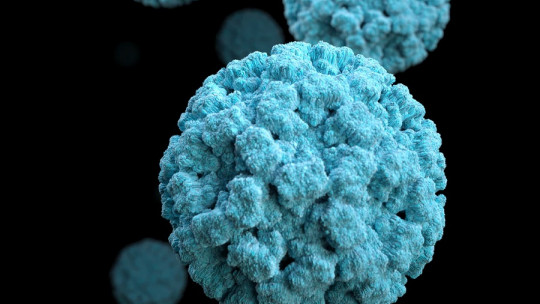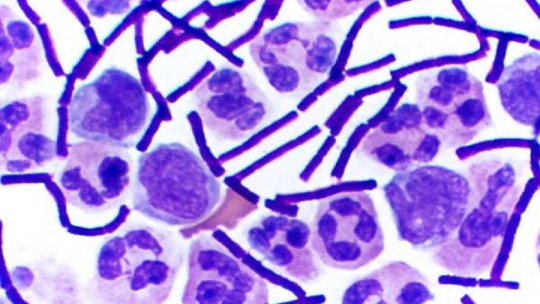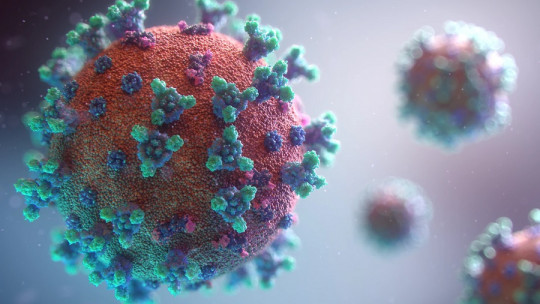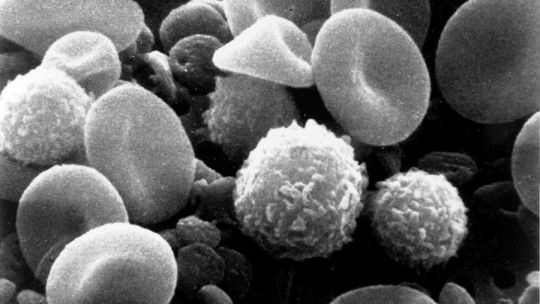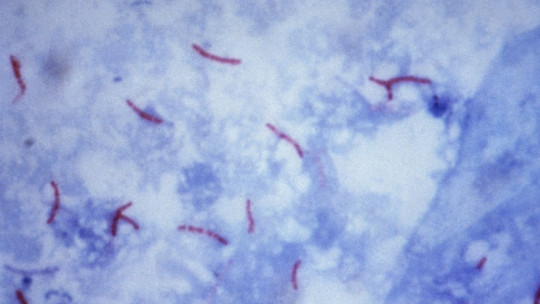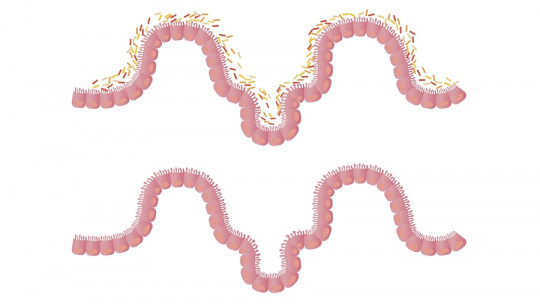
Bacteria are unicellular prokaryotic microorganisms (made up of a cell without a nucleus) with a maximum size of 5 micrometers and an immense diversity of shapes and aggregations.
Since they are invisible to the human eye without microscopy methods, We tend to ignore the importance of these microorganisms on a biological level but nothing could be further from the truth: it is estimated that the total biomass of the planet is 550 gigatons, of which 15% corresponds to bacteria.
To give you an idea, the amount of carbon present in animals is 2 gigatons total, 35 times less than the biomass provided by these microorganisms. Understanding an ecosystem without bacteria is impossible, since their tasks range from participating in the natural cycles of elements such as nitrogen, carbon and phosphorus, to the transformation of organic substances into inorganic and vice versa. Simply put, without bacteria there would be no life.
Beyond an ecosystem or global scale, it is striking to discover that our own body would not be sustained without bacterial action. Today we come to talk to you about the microbiome present in the human being, more specifically, intestinal flora
What is the microbiome?
We normally refer to the set of bacteria that live in our body as “intestinal flora”. This is a mistake, since these microorganisms have nothing to do with the set of plants in a geographic region. Although we are going to maintain this terminology for educational purposes, it is important that you know that the appropriate term is the microbiome.
The microbiome (or normal microbiota) refers to the set of microorganisms that are usually located in different places in the bodies of multicellular organisms, like the human body can be. As unpleasant as it may seem at first glance, the reality is that we have bacteria in any part of our body that is in contact with the outside world. This includes the eyes, skin, nasal passages, genitals, intestines and many other areas.
The microbiota, based on its dependence and length of stay in humans, can be classified into various types We will tell you briefly:
What is intestinal flora?
Based on the terms previously described, we can define the intestinal flora as the set of microorganisms in a defined environment, in this case, the digestive tract Due to their close proximity to humans and symbiotic work with our organism, it can be said that the majority of the bacterial colonies that we are going to name are autochthonous and latent, that is, indivisible to the gastric functioning of our species.
Each adult human being houses around 100 trillion bacteria in their body, representing around 400 different species Although the presence of these microorganisms is not very high in the stomach due to the presence of acids, as we advance in the gastrointestinal tract things become more interesting.
For example, the concentration of bacteria increases throughout the small intestine, from 10^4 bacteria/ml in the proximal duodenum to 10^7 bacteria/ml in the terminal ileum. Altogether, the bacterial population of the colon can add up to 600 grams in weight, representing more than 95% of the host’s total microbiome. Incredible numbers, right?
The intestinal flora has coevolved with humans in a symbiotic relationship, where both components receive clear benefits. It is true that humans can “survive” without the intestinal microbiota, but experimental studies with mammals have shown that its long-term absence stimulates abnormal development. Dysbiosis (or bacterial imbalance in the gut) can cause multiple short- and long-term health problems.
What species are found in the intestinal flora?
The composition of the intestinal flora in humans is very variable, since it depends on geographical location, diet, age and many other factors. In any case, various studies have proposed, in consensus, 3 predominant phyla in this type of microbiome:
On the other hand, At a metabolic level they are divided into 3 different groupings: producers of lactic acid, responsible for putrefaction and others.
The microbiota belongs to each person, so it is impossible to generalize beyond this list. At birth, the intestine is sterile, but it is completely colonized during the first year of life. From now on, Fluctuations occur between individuals based on the type of breastfeeding, genetic contribution, diet, environmental factors and an almost infinite list of variables
The functions of the gut microbiome
We have told you repeatedly that the gut microbiome is essential for the body’s well-being, but why? In the following lines we give you answers.
1. Metabolism
Although it may not seem like it at first glance, the intestines are one of the most active areas of the entire body on an immunological level. Thus, Immune responses are partially modulated by intestinal flora since, among other things, it allows energy savings through the fermentation of carbohydrates, the synthesis of vitamin B and K and the production of short chain fatty acids, among many other things.
In addition, symbiotic colonies of microorganisms stimulate intestinal development, maintain epithelial turnover, modulate the immune response and participate in the metabolism of certain medications. Without a doubt, its functions at the metabolic level are invaluable.
2. Prevention of obesity and diabetes
Although these results must be taken with a grain of salt, it has been shown In experimental environments, mice free of intestinal microbiota (germ-free) have up to 47% more adipose tissue than those with a colonized gastrointestinal tract It has also been shown that the microbiome of obese people is very different from that present in people with a standard body mass index, but the causality between both events has not yet been fully confirmed.
3. Greater use of food
As we have said in previous lines, some bacteria produce enzymes capable of degrading molecules that human beings cannot digest by ourselves, such as cellulose, hemicellulose and pectin
After certain metabolic reactions, these compounds of plant origin are transformed into short-chain fatty acids, digestible by the intestinal mucosa. This, as anecdotal as it may sound, can amount to up to 10% of the daily caloric intake of an adult human being.
4. Antibacterial action
The symbiotic bacteria in the intestinal tract are occupying an ecological niche from which they do not want to get rid of, so They will defend us against any pathogen that tries to take their place The high concentration of microorganisms in these mucous membranes causes a “barrier effect” where, literally, many microorganisms have no place to grow. In addition, some strains secrete bactericidal substances, which makes the implantation of external agents even more difficult.
Summary
Fascinating, right? In the end, it turns out that bacteria and humans are indivisible, even though they are usually associated with diseases and infectious processes. In any case, some of the reported data must be taken with some reservation, since it is clear that investigating bacterial action in a human being or in a mouse is not the same (although the former would be illegal and ethically unfeasible).
Despite the limitations in the field of research, everything indicates (and we can affirm) that intestinal flora is essential for our survival, since various bacterial metabolic processes have been recorded in our species in a clear and irrefutable way. Without our gut bacteria, we are nothing.


